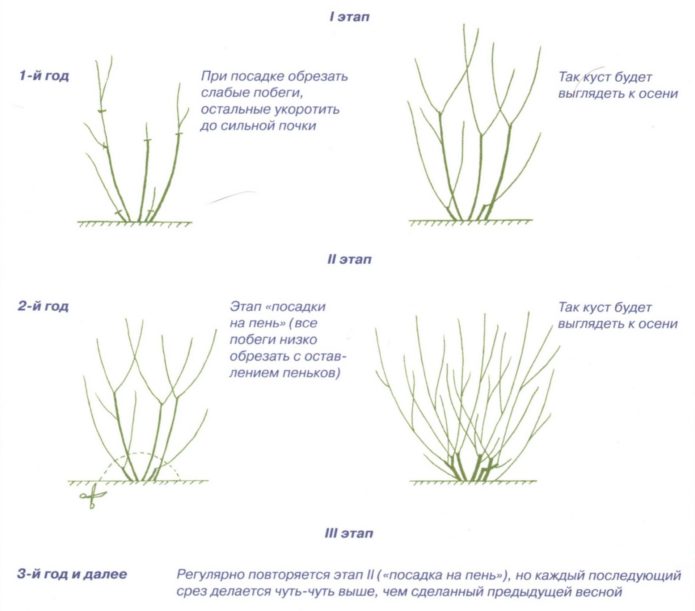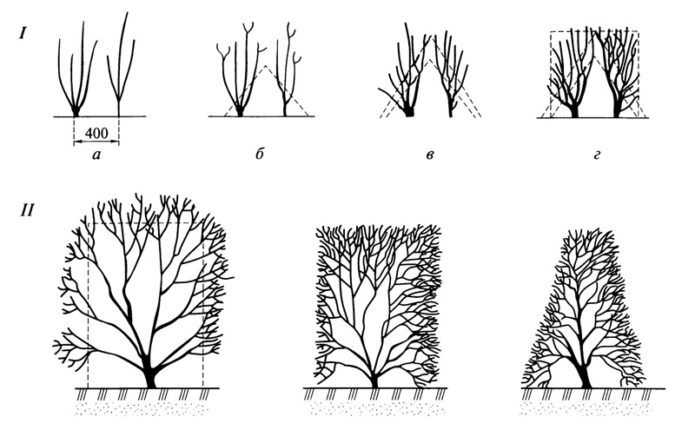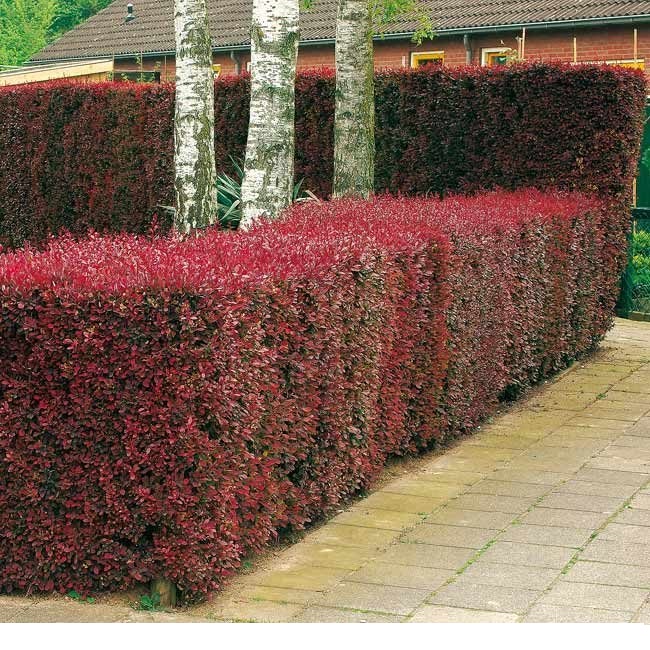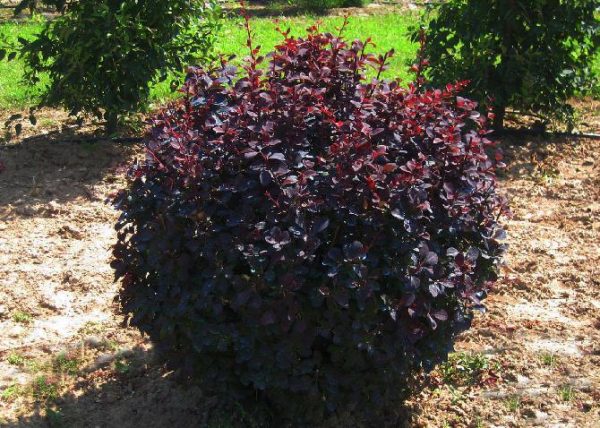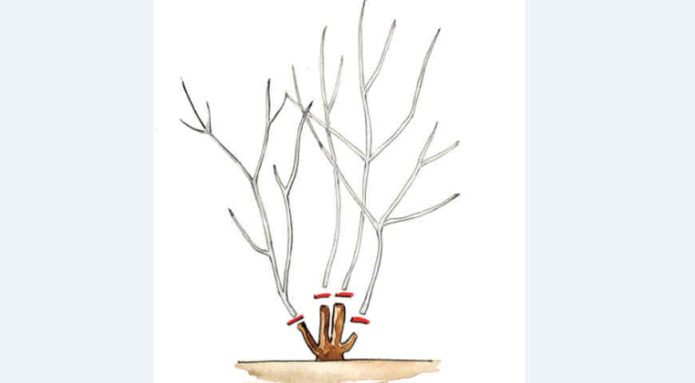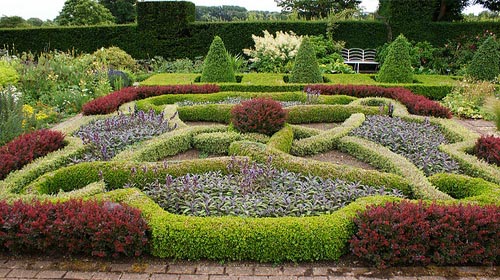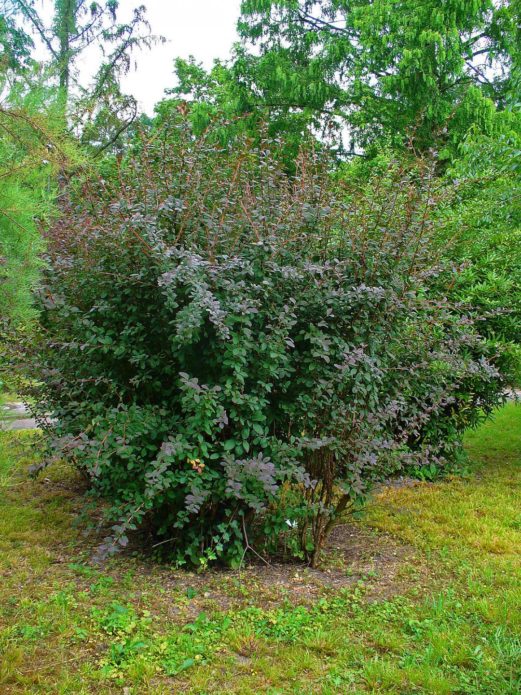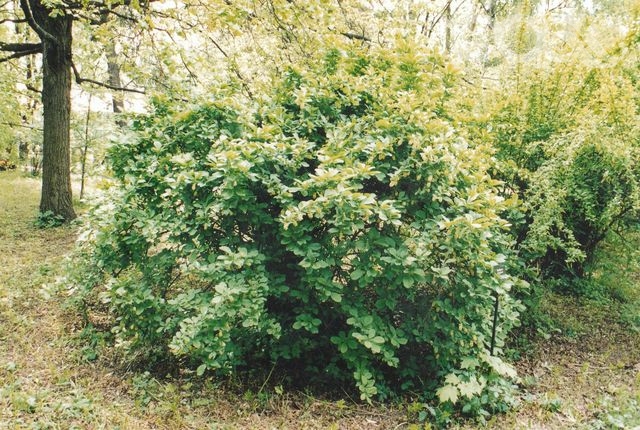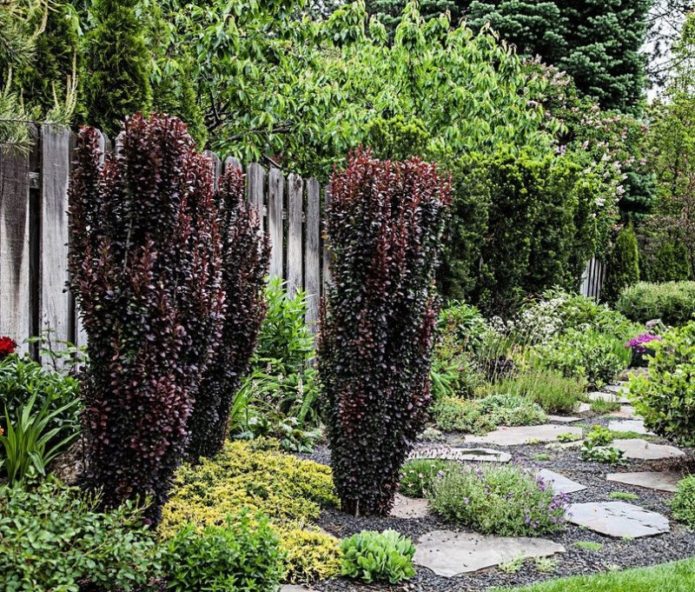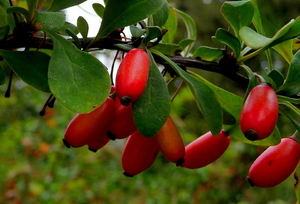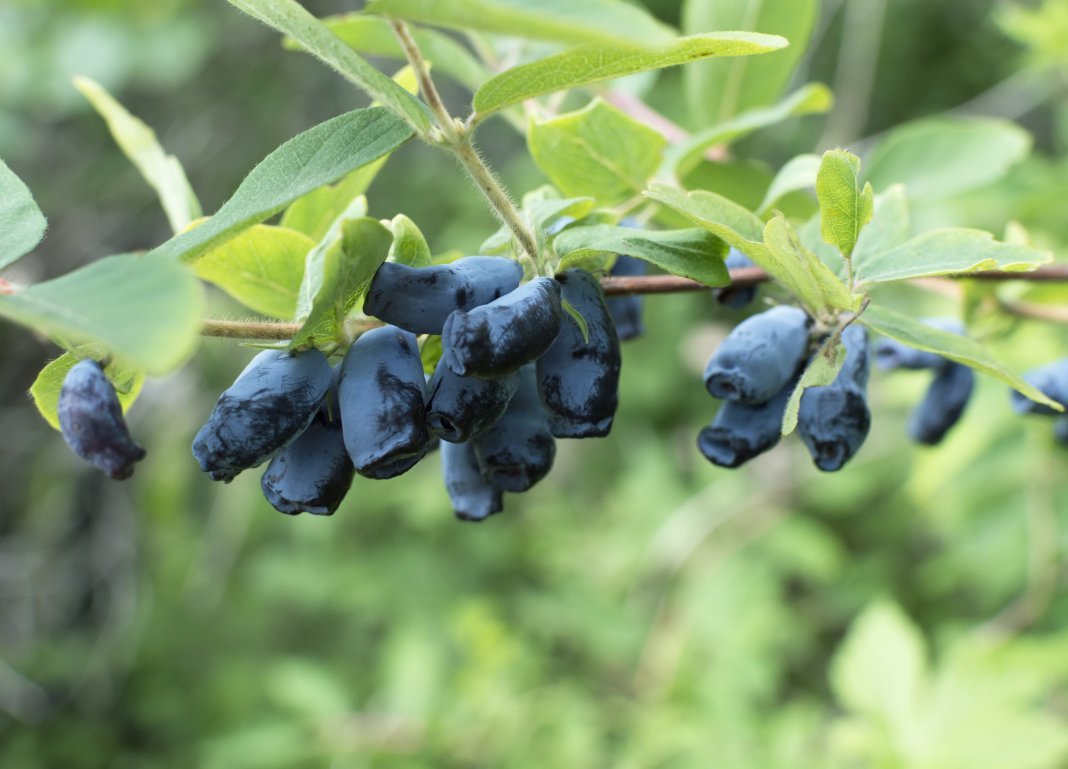Barberry has long been used in landscape gardening. This incredibly ornamental plant has about 600 species. Its use will allow you to decorate your site with a hedge, single and border plantings, combining plants with different leaf colors in them. Pruning will give them a well-groomed look.
Content
Features of pruning barberry
Barberry tolerates a haircut perfectly. To create shrub (topiary) sculptures, it is used as often as boxwood, spirea, laurel, thuja, privet and elm, and a large selection of plants with different leaf colors makes it in demand in landscape design.
Barberry grows quickly. The growth of branches per season can reach 30 cm in some varieties. To maintain the attractive appearance of the bush, pruning becomes a necessary activity in plant care. It can be divided into 3 stages, each of which has a specific goal:
- sanitary pruning;
- formative pruning;
- anti-aging pruning.
Table: terms and features of the types of pruning
| Trim type | Landing type | Pruning time | Work carried out |
| Sanitary | Single plant | Annually: in spring - before bud break, in autumn - after harvest | Dry, broken, diseased and frost-affected shoots are removed |
| Hedges and curbs | |||
| Formative | Single plant | In spring, after sanitary pruning | Remove the shoots thickening the bush and branches growing close to the ground |
| Hedges and curbs | Twice in the summer: in the first half of June and early August | For the first time, the required width and height of hedges or curbs are set using a template. Branches extending beyond the border are cut off. Then, the growing shoots are removed, adhering to the already set shape | |
| Anti-aging | Single plant | In the spring | All shoots are removed. The old ones are cut at the surface of the ground, and the young ones are shortened by 2/3 |
| Hedges and curbs |
Sanitary pruning
The formation of the crown of plants begins from the second year of plant life. When planting, they only shorten the healthy ones and remove the weak branches.
The next spring, all shoots are cut at a distance of 8-10 cm from the ground. This leads to tillering of the plant. In the third year, the regrown shoots are cut off 3-5 cm higher than the previous one. In the case of a single arrangement of barberry in planting, you will maintain a given shape by removing unnecessary branches in spring and autumn. When creating hedges, curbs or shapes, this kind of trimming becomes an annual necessity.
Formative pruning
While the formation is taking place (the first 4–5 years), it will be possible to forget about the flowering of barberry. Subsequently, the procedure is carried out after the appearance of the ovary. Young plants are pruned by hand with pruning shears or garden shears to shape and support them.For adult plantings, especially if they take up a large area, you can use electric scissors or other necessary tools. In an adult bush, rejuvenating pruning is carried out, and from next year they begin to shape it.
In the event that you decide to decorate your site with a sculpture of living plants, then the shaping haircut must be replaced with a curly one, carrying it out twice annually per season (at the beginning and at the end of summer). The hardest thing to do is the first time. Geometric shapes - a cube, a pyramid, a ball, a cylinder - are within the power of any gardener. To obtain a cube (or rectangle), guide rails are used, fixed vertically and horizontally. Branches that go beyond the established boundaries are cut off.
If it is a small cube, then 1-2 plants are enough. For a larger figure, you will need to plant 5 to 9 bushes around the perimeter and in the center. This is done so that in an adult state, the plants look like a whole.
By the same principle, you can get a pyramid or a cone. The haircut goes from bottom to top in parts along all edges. This makes it possible to correct the resulting errors.
The hardest thing to get is the ball shape. Applying a template will greatly simplify your work. It is not difficult to make it. A semicircle of the required size is cut out of a piece of plywood or plastic (you can use a tube or wire) and attach it to a pin. By turning such a device around its axis, you will get an even ball.
Once you've learned how to make simple shapes, you can always try to create a more complex shape. This is not as difficult as it might seem at first glance. Present a design of any complexity in the form of simple components that you already know how to do. It remains to make smooth transitions from one figure to another, and you will have a stepped pyramid, a labyrinth or a cute caterpillar on your site.
Anti-aging pruning
Rejuvenating pruning is required for plants from 8-10 years. By this time, the decorativeness of the barberry decreases.
Pruning of all shoots gives an impetus to increased shoot growth. The next spring, they begin to form a bush.
Features of pruning various types of barberry
Many varieties of barberry are grown in Russia. Most often these are:
- ordinary;
- Thunberg;
- Amur;
- Ottawa.
Sanitary pruning is no different and is carried out in spring and autumn. This removes weak, diseased and broken shoots. Anti-aging pruning is also used for plants over 8-10 years old. This is necessary to update the landings.
All barberries differ in size, they reach from 0.4 to 3–3.5 m.
Barberry Thunberg
Minimal formation is required for dwarf, slow-growing species. These are some varieties of Thunberg barberry. Over the season, they increase by only a few centimeters. To obtain a denser bush, its shoots are slightly shortened. Good results are obtained by planting such varieties in the form of a border. Then the curly haircut not only gives shape, but also emphasizes the beauty of the plants planted nearby.
Common barberry
Common barberry reaches 3 m and has a different color of leaves. For a single plant, crown formation is carried out minimally, unless it is used to create any figures. It is often used in group plantings and hedges. In this case, formative pruning is carried out twice per season.
Amur barberry
Amur barberry grows to a height of 3.5 m. It looks good both in single and in group (in the form of a hedge) plantings.With the help of formative pruning, a tree-bush can be obtained.
Ottawa barberry
Ottawa barberry, depending on the variety, has sizes from 1.5 to 3 m. Its shoots grow upward, moving away from the trunk at an acute angle. For a single plant, formative pruning is practically not required. You just need to leave the required number of trunks. If the Ottawa barberry is used in group plantings, formative pruning is required. To do this, the shoots are shortened by half and then every year, in spring and autumn, they maintain a given shape.
Video: pruning barberry
Tips for Beginners
To successfully prune, follow these tips:
- Stock up on tight gloves, as the plant has an impressive amount of sharp thorns.
- Try to cut the shoot close to the bud, so that there are no stumps sticking out.
- It is better if the pruners or scissors are long-handled. You can also trim with a conventional tool. There is only one prerequisite: it must be well sharpened. In this case, you can easily cope with the task, and the tool will not crush the wood.
- When removing side shoots, do it as close to the trunk as possible. Be sure to treat the cut with garden pitch. Then the wound heals much faster, and the risk of getting a fungal infection will be minimal.
Planting selected plants on the site is only half the battle. Their pruning and shaping will be the number one task for the coming years. But don't be afraid of difficulties. The result, imperceptible at the beginning, will become more and more visible every year. The plot will acquire its unique look and become your business card.
